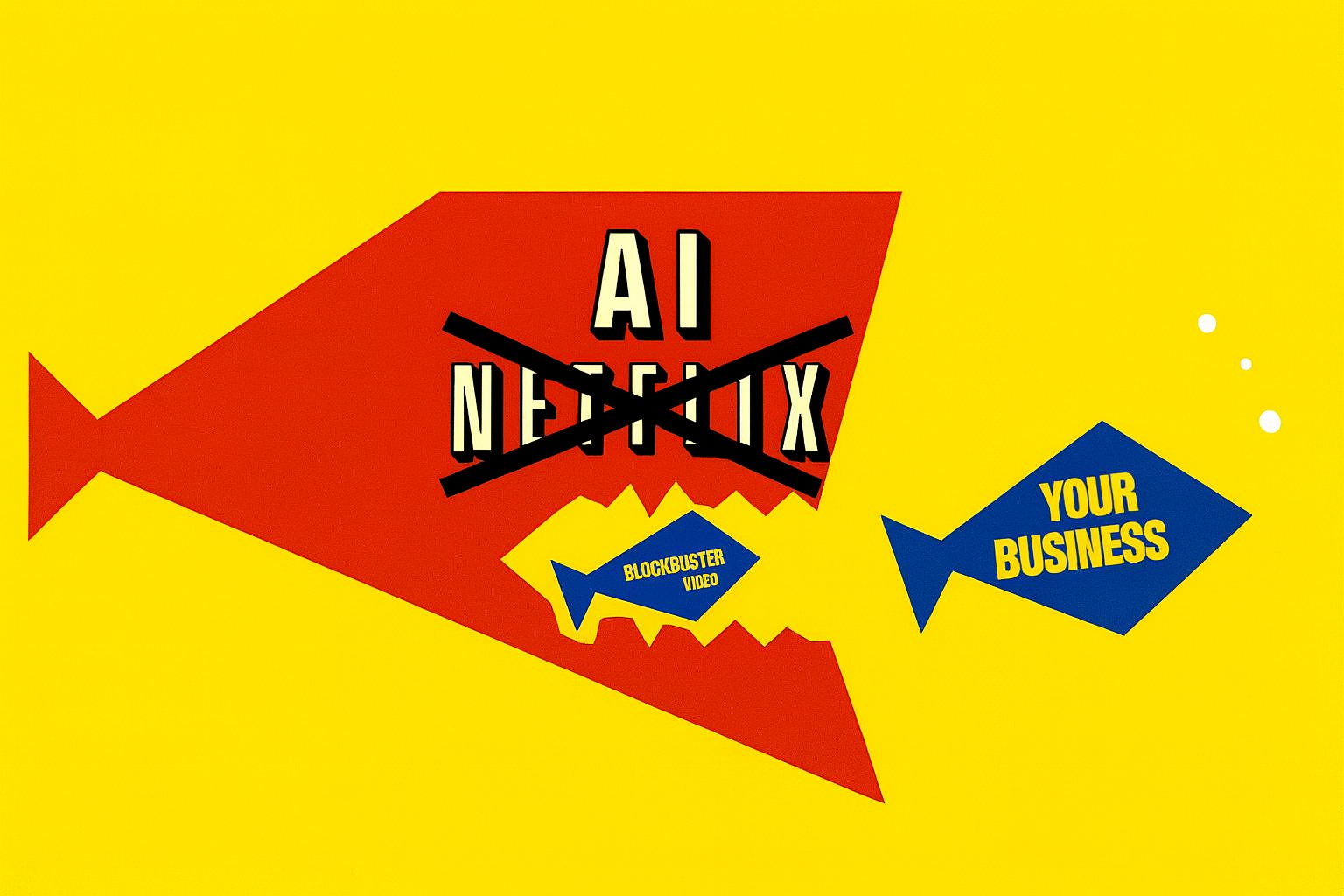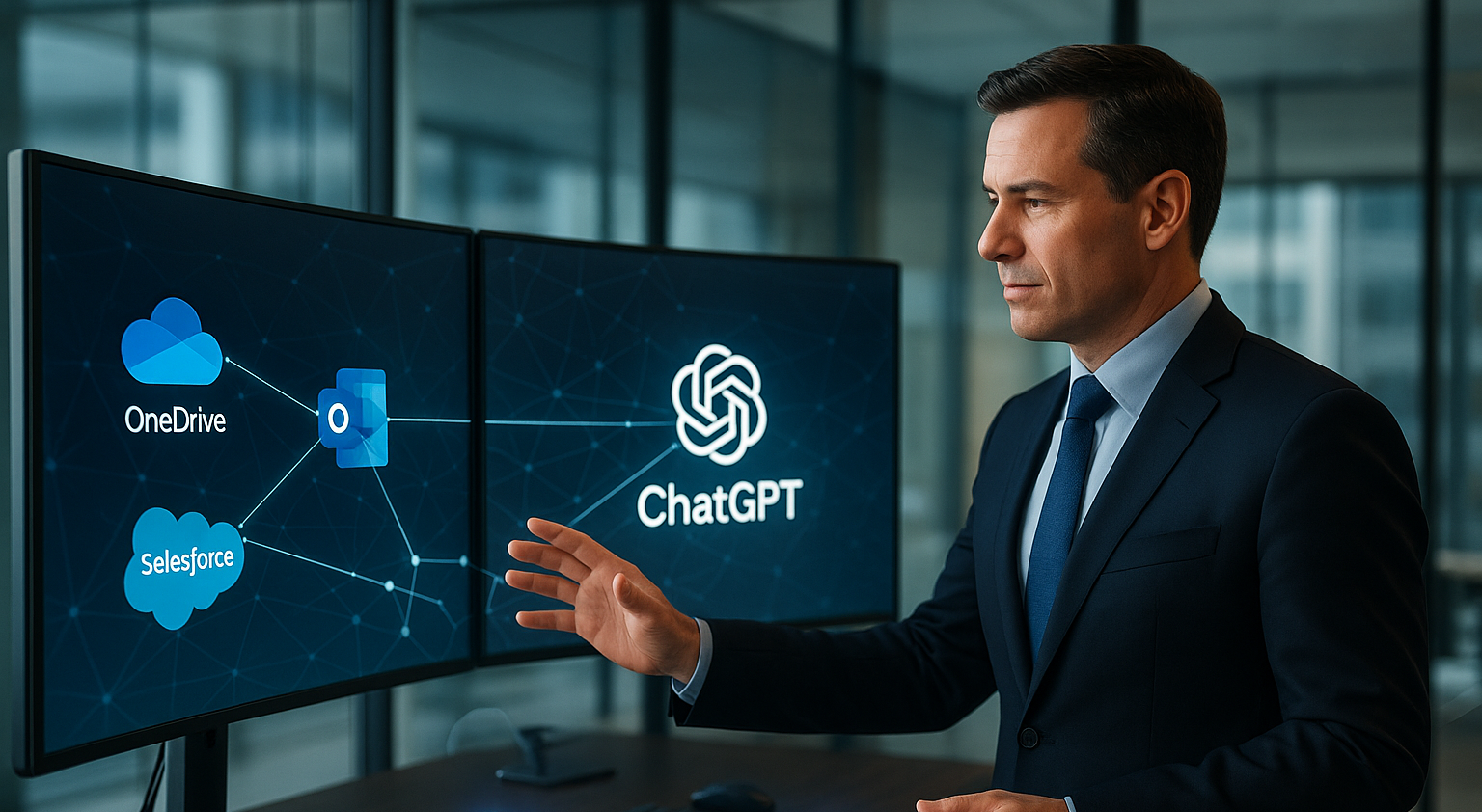The AI Agent Illusion
Why 95% of “Agents” Aren’t What You’ve Been Sold
Imagine hiring an employee who claims they can run your entire operations. On their first day, you find out they can only answer emails and set calendar invites.
That’s the current state of the AI agent market.
Behind the polished pitch decks and dramatic product launches, most “AI agents” are nothing more than glorified macros in a designer trench coat. They’re repackaged automations with buzzword lipstick. The hype is intoxicating. The hangover is going to cost enterprises billions.
The Hype Flood
In just over a year, the word “agent” has gone from technical niche to VC magnet.
It’s everywhere. Every product demo. Every investor memo. Every keynote.
But peel back the layers, and the truth emerges: over 95% of so-called “agents” lack the basic mechanics of autonomy. That figure has been echoed across Gartner briefings, CB Insights market breakdowns, and internal AI portfolio reviews from firms like a16z.
Instead of intelligent action, most agents are brittle, scripted workflows. They crumble in unscripted environments, lack context retention, and can’t adapt beyond narrow prompts.
This isn’t autonomy. It’s clever UI over automation.
What Autonomy Actually Looks Like
True AI agents don’t just respond. They initiate, adapt, and complete. They think in goals, not just tasks.
The real ones can:
- Set multi-step plans and adjust in real time
- Interact with APIs, browsers, or command lines like real operators
- Retain relevant context from past actions
- Escalate when confidence drops
- Log every move, every decision, and every failure
This is what separates an “agent” from a glorified chatbot.
The rest? Just code with a nice coat of paint.
The Bubble No One Wants to Admit
Roughly $4 billion has already been funneled into products labeled as “agentic.” And if you’ve seen the latest CB Insights funding tracker or PitchBook’s Q2 reports, you know that most of it went to startups that are still in proof-of-concept purgatory.
Some of these tools have value, but many are skating on thin vapor. And when expectations exceed delivery, trust collapses.
Gartner already predicts that by 2027, up to 40% of general-purpose agent deployments will be canceled or shelved, either due to performance gaps, security concerns, or lack of measurable ROI.
That’s not a forecast. That’s a red flag waving in broad daylight.
The Smart Way Forward: Narrow First, General Later
There’s a clear divide emerging in the market:
- Narrow agents are domain specialists — optimized to handle specific tasks with precision. Think triaging helpdesk tickets, prepping compliance reports, or compiling CRM data for outbound sales.
- General agents aim to be everything. Which, for most orgs, means they end up doing nothing well.
Forrester and Deloitte both highlight that the highest-performing AI programs today are rooted in narrow applications with measurable outcomes. The organizations winning are those who start with precision, not ambition.
The Executive Sniff Test
Before you green-light your next AI agent project, ask these questions:
- Can I see the agent’s run log, including tools used, errors, and recovery steps?
- What are the escalation conditions? Does it know when it’s out of bounds?
- Can it operate in a sandbox before touching production?
- Are we pricing this per license or per completed task?
- What are the known failure modes — and how are they handled?
According to Accenture’s Responsible AI playbook, lack of transparency, sandboxing, and task-based pricing are top reasons enterprise AI fails to scale.
If a vendor sidesteps these questions, walk away.
This Isn’t Just a Tech Problem. It’s a Trust Problem.
AI has been here before.
The late '80s. The early 2000s. Each time, the industry over-promised and under-delivered. The term “AI winter” wasn’t coined because machines got cold. It was because trust evaporated.
And today, with superpowers racing toward AGI dominance and regulators sharpening their pencils, we can’t afford another collapse in credibility.
What’s Worth Building
Done right, agentic AI can 10x productivity, free human minds for strategic work, and accelerate industries. From medicine to law to logistics.
But “done right” doesn’t mean “shipped fast.” It means:
- Testing in sandboxes
- Logging every action
- Proving ROI before scaling
- Implementing guardrails that protect data, users, and brand
According to Deloitte’s AI maturity model, only 12% of companies today are truly equipped to manage this kind of infrastructure responsibly. The rest are either playing catch-up or buying into vapor.
Your Move
The leaders who win the AI era won’t be the ones who bought the loudest pitch.
They’ll be the ones who ran the quietest pilots and got the loudest results.
Start small. Prove it. Scale with intent.
📩 And when you’re ready to see what real AI agents can do for your business — secure, measurable, and built with integrity, you know where to find us.
Talk to Krome IT — Let’s build the future you can trust.










